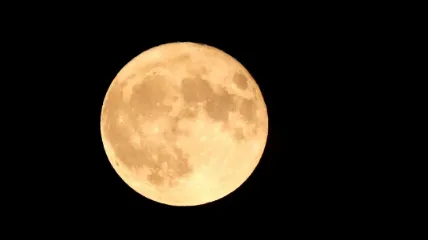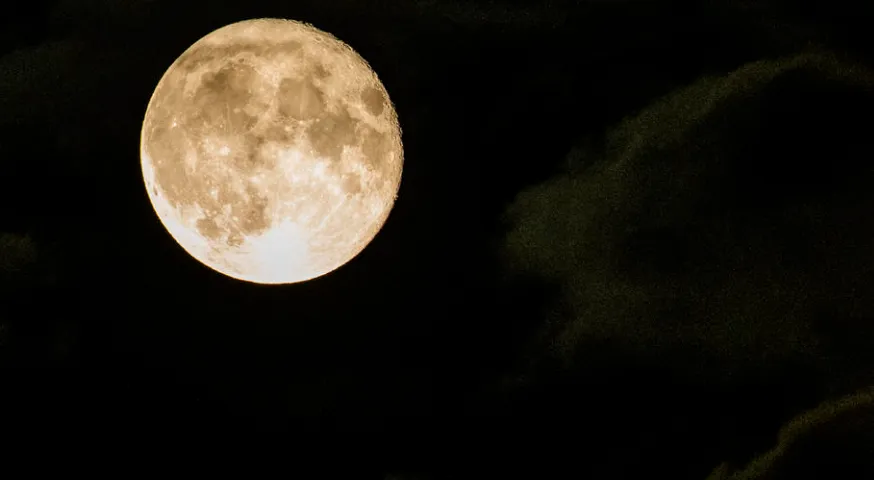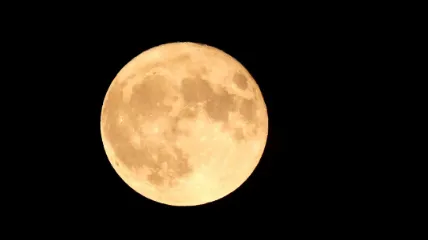
Monday’s Super Blue Moon: A Rare Celestial Marvel
On Monday night, a rare and spectacular event will light up the night sky over the U.S. — a super blue moon. This unique occurrence, combining the phenomena of a supermoon and a blue moon, is something that stargazers won’t want to miss. But just how rare is it? The answer depends on who you ask, but there’s no denying that Monday’s full moon will be a special sight.

What Is a Supermoon?
A supermoon occurs when the moon’s orbit brings it closer to Earth than usual, making it appear larger and brighter in the sky. The term “supermoon” was first coined by astrologer Richard Nolle in 1979. According to NASA, a supermoon happens when the moon is full at the same time it is closest to Earth in its orbit, a point known as perigee. When this happens, the moon can appear up to 30% brighter and 14% larger than a typical full moon.
The distance between the Earth and the moon at perigee is about 226,000 miles, which is closer than the average distance of around 238,855 miles. Because the moon’s orbit is not a perfect circle, the distance from Earth varies, and when it coincides with a full moon, the result is a supermoon.
What Is a Blue Moon?
The term “blue moon” is often misunderstood. There are actually two types: seasonal and monthly. Monday’s blue moon is of the seasonal variety, meaning it is the third full moon in a season that has four full moons. Typically, a season (like summer) has only three full moons, so when a fourth one appears, the third is dubbed a “blue moon.”
The more commonly known definition of a blue moon refers to the second full moon within a single calendar month, a phenomenon that arises from the moon’s cycle of 29.5 days. Because months can have 28, 29, 30, or 31 days, the lunar cycle occasionally results in two full moons within one month.
How Rare Is a Super Blue Moon?
The rarity of a super blue moon depends on how strictly one defines these terms. A blue moon, whether seasonal or monthly, occurs approximately once every two to three years. However, the combination of a blue moon and a supermoon is much rarer.
According to NASA, the time between super blue moons can be as long as 20 years, though the average is about 10 years. The next super blue moon is expected in January 2037, though depending on the criteria used, another might be observed sooner.
Don’t Miss It!
While Monday’s super blue moon is unlikely to actually appear blue — the name is more a reference to its rarity — it will still be a dazzling sight. The moon will be larger and brighter than usual, providing an excellent opportunity for photographers and stargazers alike.

Whether you’re a seasoned astronomer or just someone who enjoys a beautiful night sky, make sure to take a moment to look up on Monday night. The next time this celestial event happens, it may be years away.



